Formula E racing inspires this Northeastern engineer

Omkar Ligade was stationed at Turn 4 when the first crash happened. A sudden rainstorm had sent the electric cars sliding across the city streets of Brooklyn.
“The race leader lost traction and went into the side protection boards,” says Ligade, a Northeastern graduate student in mechanical engineering. Ligade was volunteering as a flagging and communication marshall at the July 16 New York City E-Prix when a pile-up of crashes resulted in an early conclusion to the race.
Ligade brought home a souvenir—a fender from a crashed Jaguar.
“Fortunately no one was hurt,” Ligade says. “The crashes weren’t actually loud because the rain reduced their speed, and the carbon fiber [chassis] is really good at absorbing the impact.”
Though electric cars are less noisy than traditional gas-powered racers, Ligade found the New York event to be very loud.“Very few people know about it because Formula E is in the early stages,” Ligade says. “But it’s going to have its boom within a few years.”
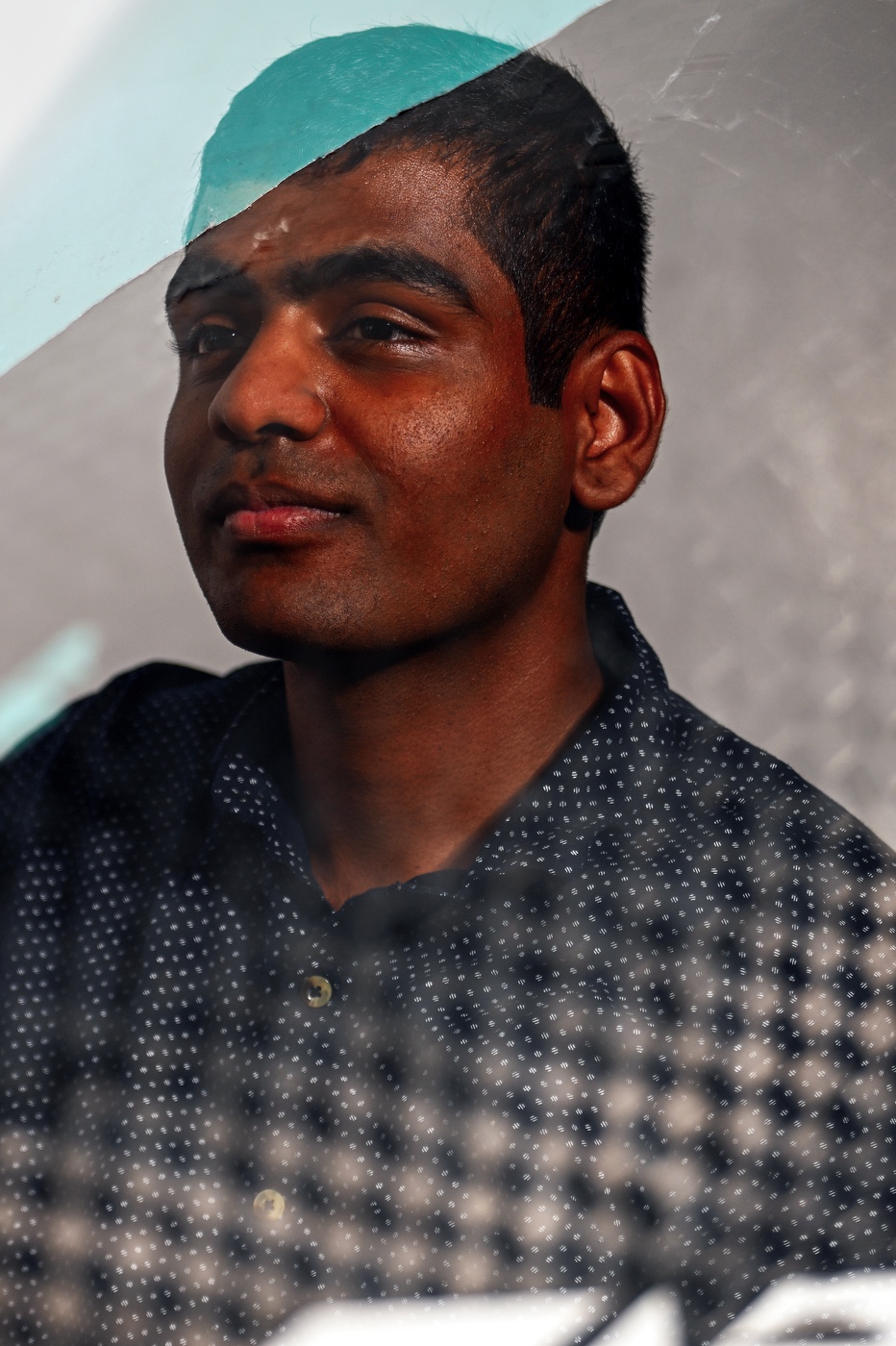
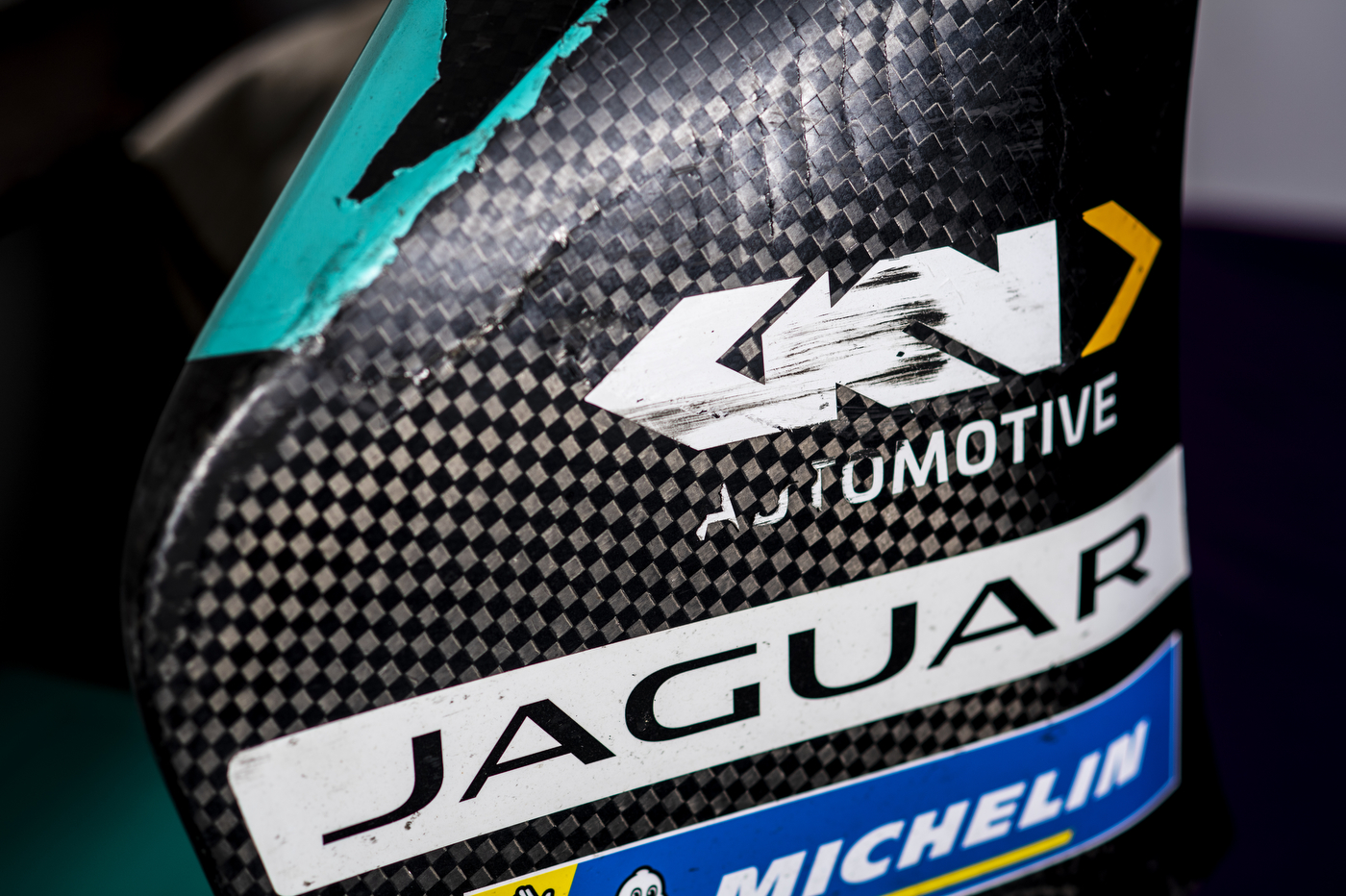
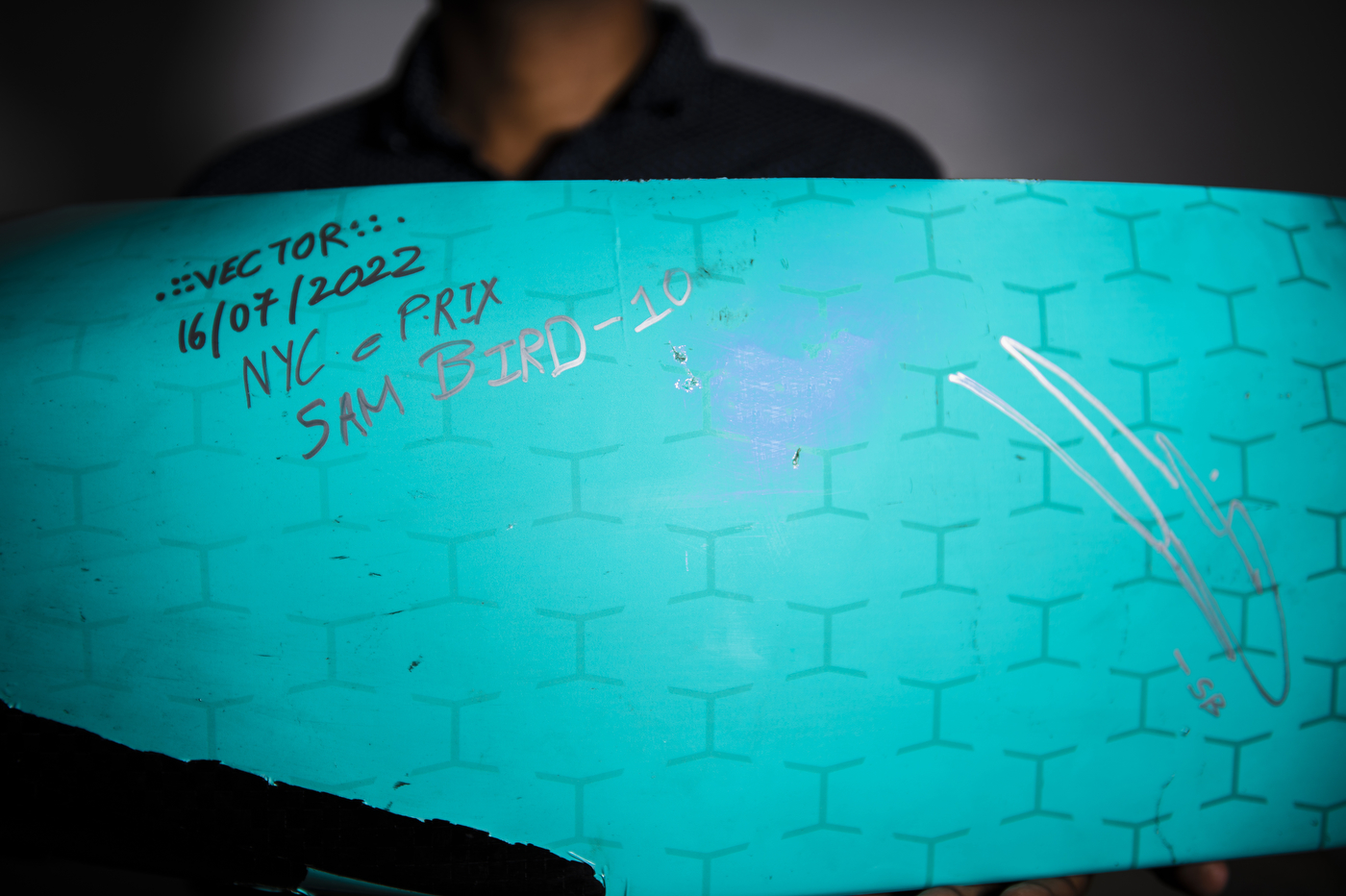
Formula E was launched in 2014 in alliance with the 73-year-old global Formula 1 circuit, whose growing U.S. audience has been driven by the Netflix reality series “Drive to Survive.” True to the spirit of electric vehicles, Formula E teams must balance the desire to win with the need to conserve energy as each car is provided with a limited battery for the 45-minute races.
Ligade fell in love with the sport as a mechanical engineering undergraduate at Pimpri Chinchwad College Of Engineering in his native India, where in 2016 he co-founded Team Solarium, a student club that designed and built an electric car annually over three years. The progression made Ligade proud.
“The third-year finished product was really lovely,” says Ligade, noting that its speed topped out at 80 kilometers per hour (50 mph).
Formula E creates innovations that can be passed onto consumer products. The newest racers feature enhanced regenerative front-mounted brakes that replenish the battery—a system so efficient that the cars no longer require a second set of hydraulic brakes in the rear.
“The racing department sits directly underneath the technical development department,” Allan McNish, Audi Sport’s Formula E team principal, told Time. “There is always the very close hand-in-hand relationship between what we do on the track and what actually comes on the road [for consumers].” Formula E is helping to change perceptions of electric vehicles as underperforming. The current racers top out at 280 kilometers per hour (almost 175mph), just 20 kmh behind Formula 1 cars, and their acceleration from zero to 100 kmh in 2.8 seconds rates only 0.2 seconds slower than gas-powered counterparts.
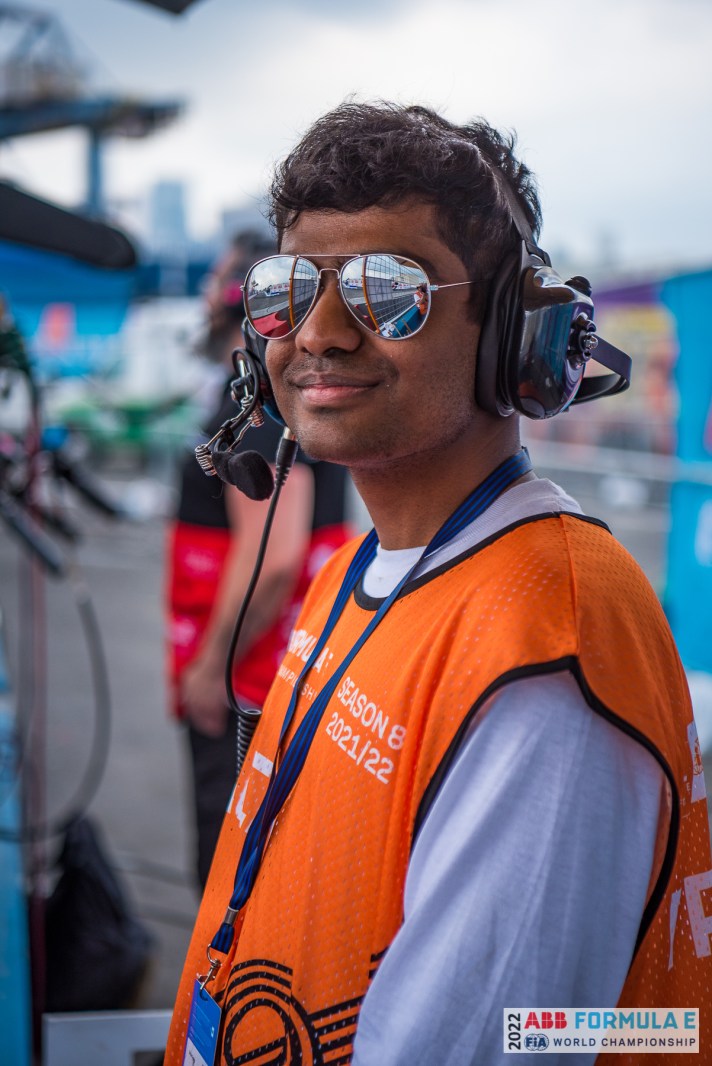

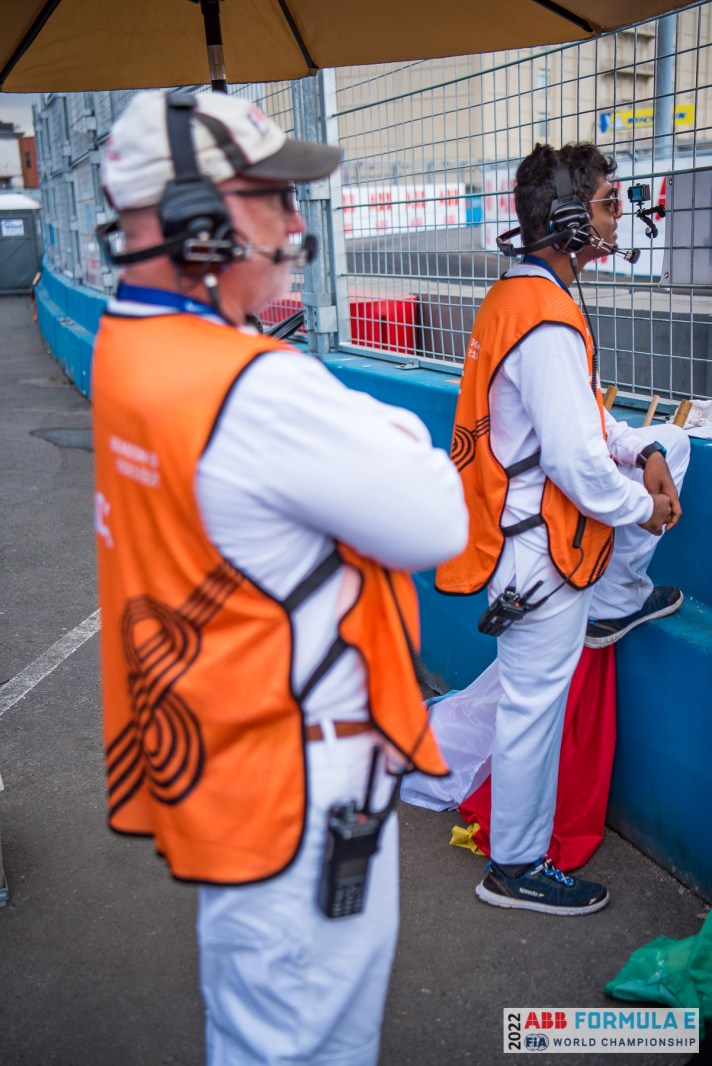
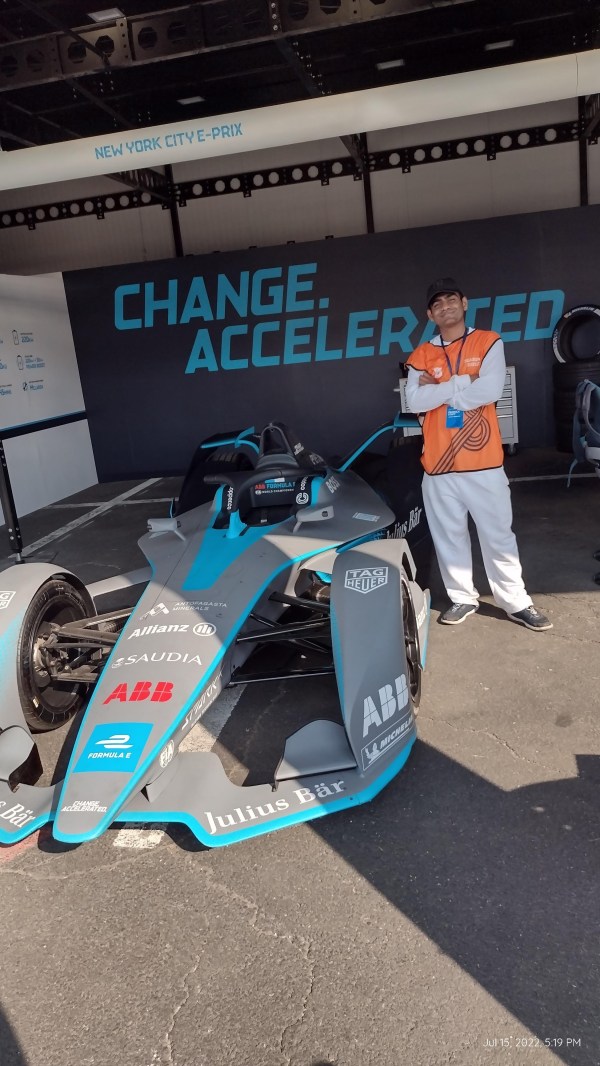
“I like that electric vehicles can generate energy,” Ligade says. “In gas-powered cars, once you’ve burned the petrol, you can’t get that fuel back.”
Instead of offering pit stops, Formula E offers “attack mode” zones on the edges of the track that trigger four minutes of increased power. The five most popular drivers—based on a pre-race vote by fans—receive additional power surges, a novelty that Ligade loves.
The evolution of electric vehicles continues to inspire Ligade amid his ongoing co-op with Hasbro, the Rhode Island-based toy manufacturer, where he is working as a reliability engineer.
“Omkar is always looking to better understand the ‘why’ in what we do, which is an essential trait of great engineers,” says his supervisor, Lee Tympanick, a senior reliability engineer for quality assurance at Hasbro. “He isn’t afraid to offer his perspective on a different approach to accomplish a task. He is also passionate about learning new things—procedures, equipment, products, skills—which tells me he wants to keep improving himself to be the best he can be.”
Will his love of Formula E drive Ligade to a career in electric vehicles?
“I’m really interested in designing anything,” he says. “Designing is the gateway to finding the solution to any problem. It helps you find a better way.”
For media inquiries, please contact media@northeastern.edu.





